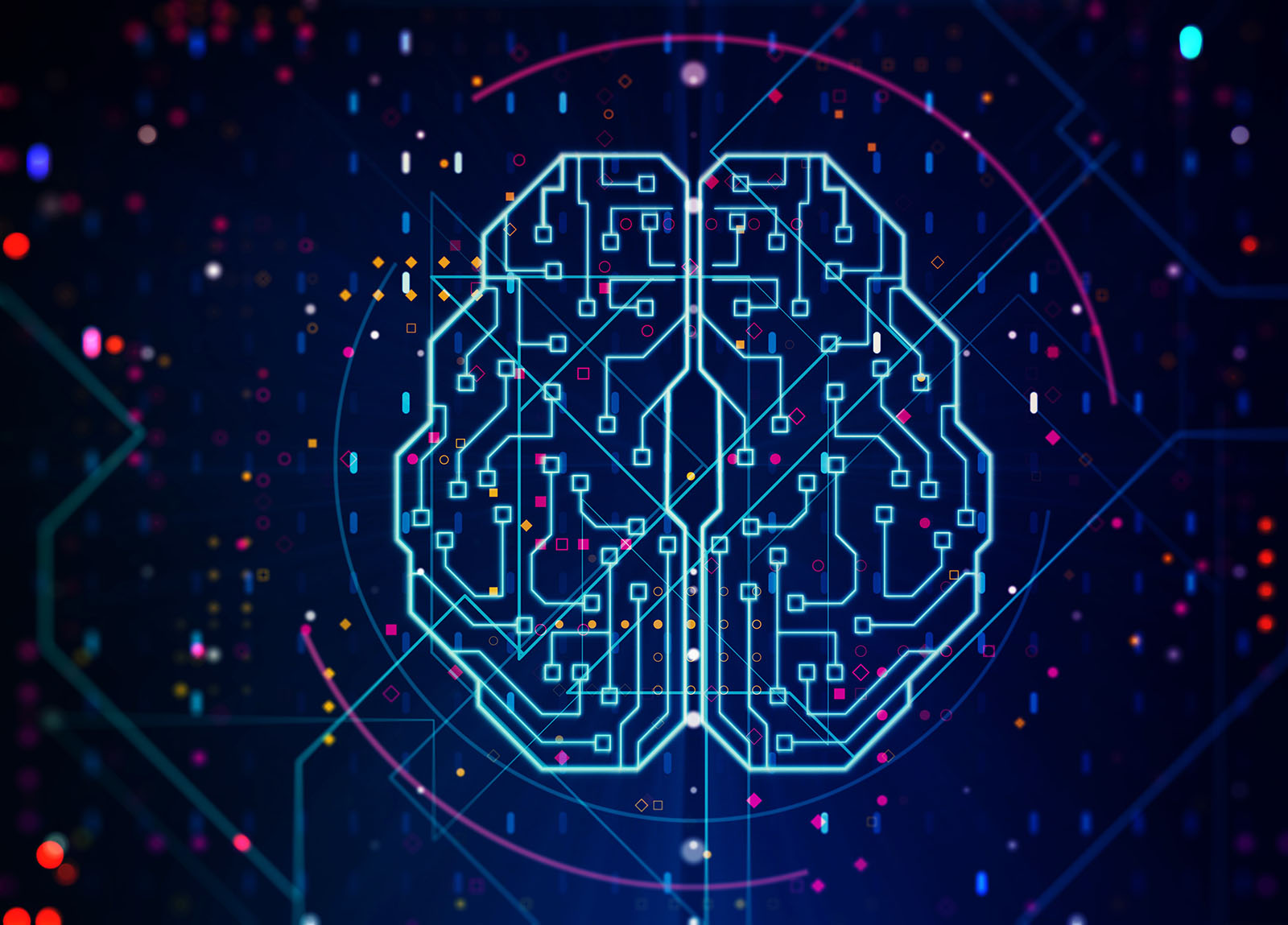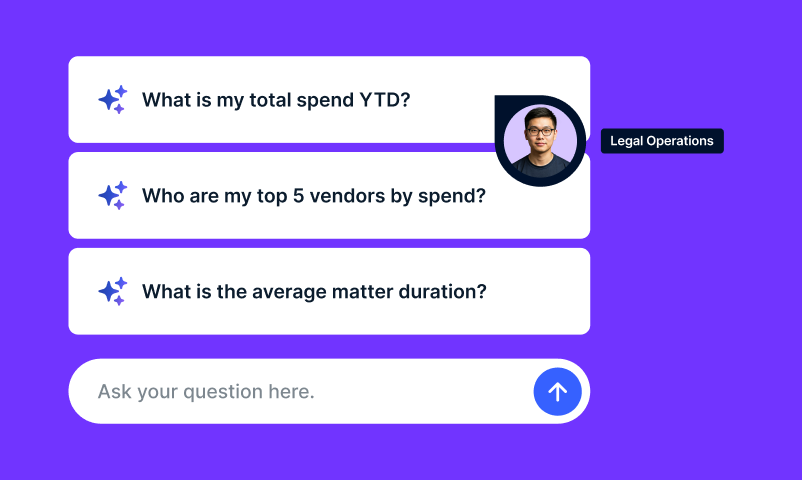
Implementing legal AI and automation is not a one-size-fits-all proposition. With numerous forms of both technologies, it helps to examine specific use cases and the corresponding benefits that come to the table.
In the first part of this blog and podcast series, we outlined what AI is at its foundation. In part two, we tackled how artificial intelligence and law departments are already working together.
Now, we’re back for the third and final segment of his AI series, which covers the combination of legal AI and automation. With the many different types of legal automation and AI assistance available today, we have some crucial points to consider for automation and AI’s role in it.
Starting the Journey of Combining Artificial Intelligence and Law Departments
Start by asking yourself some basic questions about the drivers you’re trying to achieve through automation. Is your goal to increase productivity, efficiency and quality? Are you most concerned about risk mitigation and compliance? Or are you trying to be efficient about identifying trends and actionable insights with the data you currently have?
For example, if your goal is to enhance efficiency, contract AI software and automation can speed up contract approval by up to 70% and increase user productivity by 51.5%.
Your reason for automating your law department will have an impact on how you go about implementing it. Regardless of your goals, you always need to be considering how automation can help your legal department become more valuable to the rest of the organization.
The Different Types of Legal AI and Automation
Automation isn’t one-size-fits-all and there many varieties of it available now. Before you start implementing automation and legal AI, it’s helpful to understand the different automation types that exist today. The goals you have might impact the kind of automation you choose.
There are three significant types of automation, plus a fourth that ties them all together:
- Intelligent process automation (IPA) focuses on optimizing tasks that traditionally require some form of human interaction. It assumes that companies have already digitized business processes and created workflows. IPA uses software to perform processes and automate tasks while completing workflows and automating and integrating digital processes. It extends the scope of process automation that has capabilities for reading documents. Think OCR, machine learning and natural language processing. It also manages processes through event triggers and intelligent workflow and helps collate and process data across multiple systems. For example, in the legal domain, an IPA-based platform can read and analyze contracts to automate the identification, extraction and evaluation of contract terms, identify business-critical information such as contract entities and assess them against standard clause statements.
- Business process automation (BPA) is the technology-enabled automation of tasks that accomplishes a specific workflow or function. BPA has somewhat similar goals as IPA, but its primary goal is to automate a business process while improving and simplifying business flows. A critical difference between BPA and IPA is that IPA is more about optimizing existing digital workflows, while BPA is about digitization. An example of this in the legal world would be digitizing all incoming matter-related documents and forms, with BPA capturing and validating information in any format as soon as such information is available.
- Robotic process automation (RPA) uses intelligent automation technology to handle high-volume, repeatable tasks, enabling business users to devote more time to other, higher-value work. The distinguishing characteristic of RPA is its capacity for awareness and ability to adapt to changes in circumstances.
- Hyperautomation brings together several components of legal automation and AI and machine learning to amplify work automation. The goal of hyperautomation is to optimize and deliver work more effectively, more efficiently and at a lower risk to drive innovation. A crucial component of hyperautomation is the ability to include humans in the digitization process. Hyperautomation can provide insights into ROI and leverage AI to enable end-to-end intelligent automation. For example, consider a law firm utilizing two technologies – one that intelligently reads data and documents and the other being an RPA tool (robot). An incoming email from a client triggers the RPA robot to read the email and its attachment. It logs in to the client’s system as an accredited user and downloads the data to be processed by the reading tool. The tool reads all the document’s data (which a human usually had to do) and extracts the relevant information utilizing machine learning to pass back to the RPA robot to populate the case management system and the finance system. It then notifies the supervising partner of the critical case information. With hyperautomation, the time to open a file decreases from 90 minutes to 10 minutes. It meets the service-legal agreement for the first response and the file opening administration team – through AI-assisted automation – focuses on higher-value work for the more complex cases.
Once you understand the different types of legal AI and automation and what you’re trying to achieve through automation, you can start to develop and implement your ideal technology plan for your law department.
To hear more about legal AI and automation, the benefits of combining artificial intelligence and law departments and the essential elements to consider before deciding on technologies, you can listen to our entire podcast (see below.)











